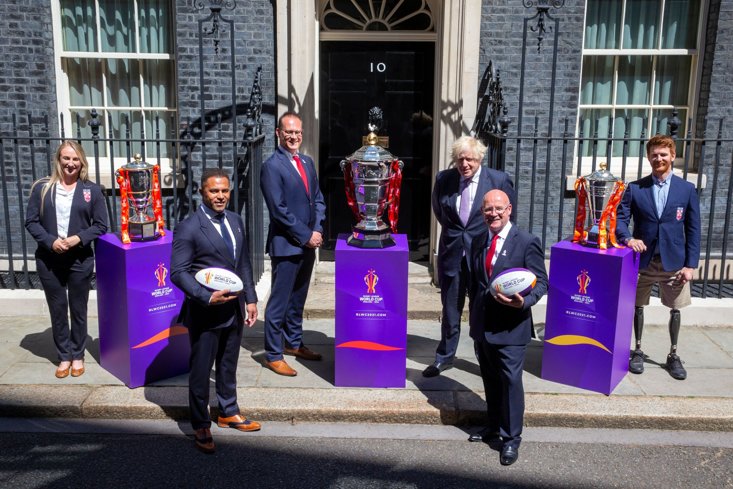The postponement of the Rugby League World Cup until 2022 was an inevitability.
An inevitability because, once the reigning champions Australia had made their feelings known, it was going to be almost impossible to hold the events this year. Who can seriously hold a World Cup without the best team on the planet and hope for it to be taken seriously?
An inevitability because Covid-19 has far from disappeared. While crowds are back in stadiums in the UK, Super League games are regularly being called off because of transmissions and close contacts between players. The same happening during the World Cup would have reduced the flagship event of the sport to utter chaos.
And it was an inevitability because Australia is currently facing its own issues with Covid, with snap lockdowns in Queensland and Victoria plus a spike in infection rates in Sydney. Given that those areas will contribute a large percentage of players for the World Cup regardless of whether the Kangaroos and New Zealand had ended up playing a part, it was simply not feasible to bring over competitors.
Rugby league deserves a World Cup with packed houses and the world’s greatest players all taking to the field. It simply wouldn’t have been the same with some hybrid competition starring something approaching ‘B’ squads or additional nations.
Yes, the decision to postpone by a year feels like a submission to the NRL, which was as concerned about the integrity of its own competition going into next season as it was about Covid-19. The power held by the NRL in the game now is akin to the BCCI’s hold over international cricket, and it feels far from ideal.
But in truth, in raising the spectre of player health and safety the boards of the ARLC and NZRL have presented a more than compelling case for the suspension.
While the RLWC committee pointed to the UK’s hosting of the European Championship semi-finals and final, the British Grand Prix at Silverstone and countless other events as proof that the UK is back on its feet, there were 184,308 positive Covid tests reported in the country in the seven days leading up to Wednesday this week. Compare that with the total of 35,384 positives in Australia – IN TOTAL – and you can see why anyone Down Under would want to steer clear of travelling to the UK right now.

The issue now for the RLWC is how to fit in the men’s, women’s and wheelchair events into a 2022 autumn calendar which includes the football World Cup in Qatar, which begins on 21 November.
But if the RFL agrees to bring forward the Super League Grand Final by one week to coincide with the NRL Grand Final, then there is nothing to suggest the Rugby League World Cup can’t be played to its originally-scheduled span between 15 October and 19 November. If it takes the Super League showpiece being moved away from Old Trafford, there are plenty of other grounds which could host the Grand Final instead for one year only.
When all is said and done, a World Cup in 2022 is far more workable and far more responsible than some half-baked attempt to stick to the schedule this year. It will also give rugby league a better chance of delivering the greatest World Cup in the sport’s history.
This is a competition which has been superbly administered from the off, had Prince Harry making the draw at Buckingham Palace, and promised to be a spectacle the sport could truly be proud of. It is no disgrace to accept that a brilliant World Cup is more likely in 2022 than in 2021.